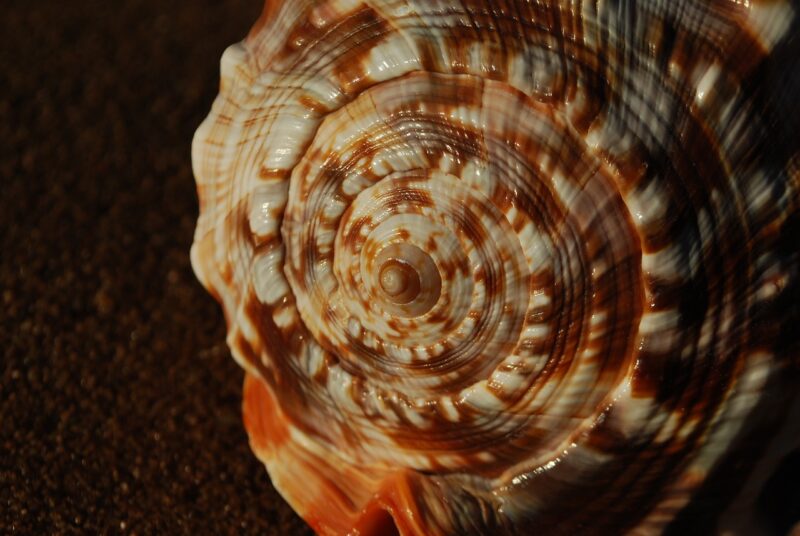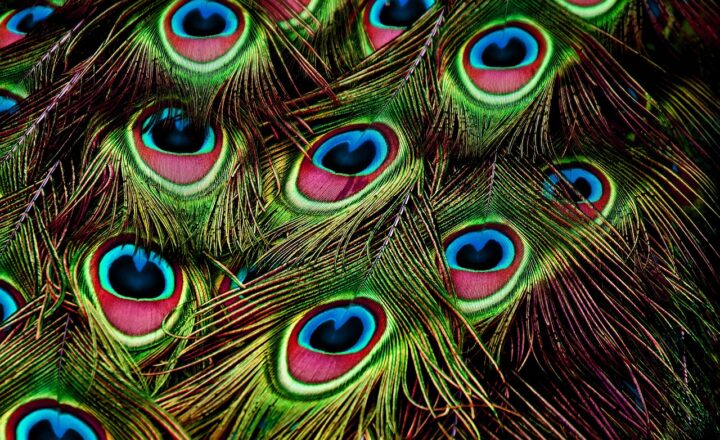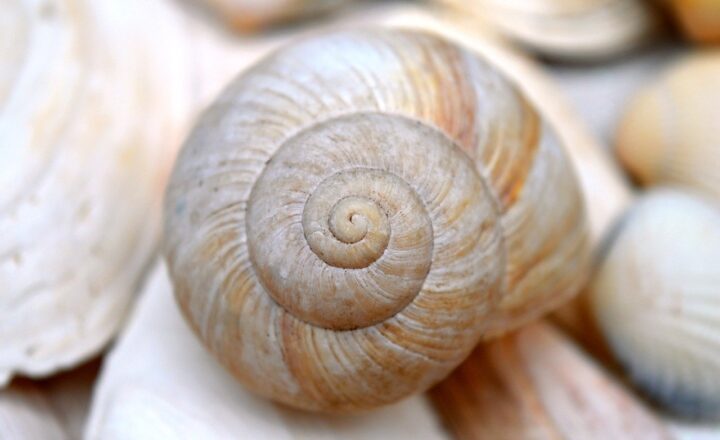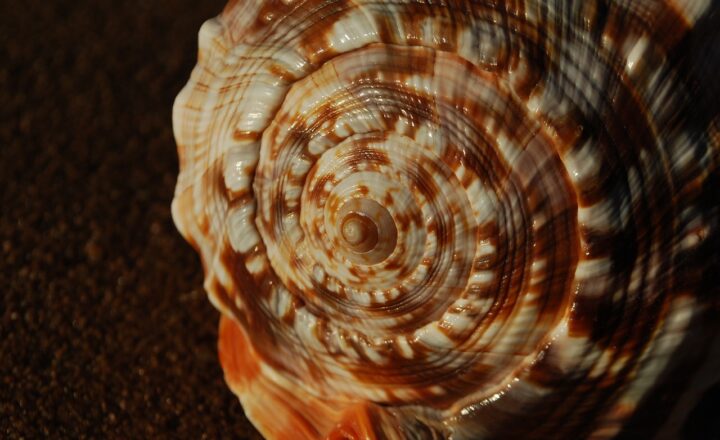The Mystery of Fibonacci Numbers in Nature: Why This Sequence Appears Everywhere
November 12, 2024

The Fibonacci sequence, a series of numbers whereby each number is the sum of the two preceding ones, often mystifies mathematicians and enthusiasts alike. This simple yet profound sequence has profound implications across various disciplines, most notably in nature, art, and architecture. Its inexplicable presence in these areas elicits curiosity and admiration, prompting further investigation into why the Fibonacci sequence seems to appear everywhere in the natural world.
1. The Basics of the Fibonacci Sequence
The Fibonacci sequence starts with 0 and 1, and is defined as follows:
[ F(n) = F(n-1) + F(n-2) ]
Resulting in the series: 0, 1, 1, 2, 3, 5, 8, 13, 21, 34, … and so forth. This sequence represents not just numbers, but relates to different principles in mathematics and biology.
Fibonacci in Mathematics
The sequence not only serves a mathematical purpose but also connects to the Golden Ratio, approximately 1.6180339887. As the Fibonacci numbers increase, the ratio of successive Fibonacci numbers converges to the Golden Ratio. This relationship offers aesthetic appeal that philosophers and designers have revered over centuries.
2. Fibonacci in Nature
The Fibonacci sequence manifests in numerous natural phenomena. One of the most striking examples is the arrangement of leaves on a stem, known as phyllotaxis. This arrangement promotes optimal sunlight exposure and facilitates the plant’s growth.
Examples in Nature:
– Flower Petals: Many flowers have petals that correspond to Fibonacci numbers. For instance, lilies have 3 petals, buttercups have 5, and daisies can have 34.
– Seed Heads: The arrangement of seeds in sunflowers or pine cones often follows the Fibonacci spiral, optimizing space and exposure.
– Fruit and Vegetables: The number of spirals on pineapples and the spacing of seeds inside fruits like apples frequently correlates with Fibonacci numbers.
– Animal Reproduction: Some animal populations exhibit a Fibonacci pattern in growth models. For instance, honeybees appear to follow this sequence in their family trees, owing to the way their reproduction functions.
This natural manifestation of the Fibonacci sequence isn’t a coincidence but rather a result of biological efficiency and optimization.
3. The Fibonacci Spiral: Nature’s Aesthetic Design
The Fibonacci spiral, generated by drawing arcs connecting the corners of squares whose side lengths are consecutive Fibonacci numbers, can be found in shells, hurricanes, and galaxies. This visual manifestation of the Fibonacci sequence showcases its prevalence in natural forms.
Why Do These Patterns Occur?
– Optimization: The spiral shape allows for maximum growth and resource utilization in nature. As organisms grow, they need enough space to thrive, and the Fibonacci spiral offers that by nature’s design.
– Natural Growth: The sequence reflects optimum growth patterns, allowing plants to grow more efficiently and symmetrically, enhancing their chances of reproduction.
4. Fibonacci in Art and Architecture
The elegant allure of Fibonacci hasn’t escaped the eyes of artists and architects. The Golden Ratio derived from the Fibonacci sequence becomes a tool for harmony in composition.
Examples in Art:
– Leonardo da Vinci: His works, such as the Mona Lisa, utilize proportions aligned with the Golden Ratio, achieving balance and beauty.
– Architecture: Structures like the Parthenon in Greece embody the Fibonacci sequence in their dimensions—perfect proportions that have stood the test of time.
– Modern Design: Artists today integrate Fibonacci spirals in graphic design, emphasizing visual harmony and aesthetic appeal.
The Fibonacci numbers symbolize proportions that please the eye, thereby enriching art and architecture.
5. Understanding the Significance
The omnipresence of Fibonacci numbers in various fields evokes a sense of interconnectedness among nature, mathematics, and humanity. This connection emphasizes several significant aspects:
Why the Fascination?
– Harmony and Balance: Fibonacci numbers create a bridge between the irrational and the rational, presenting a world where mathematical precision aligns with natural beauty.
– Solution to Complexity: In complex systems, Fibonacci numbers provide a framework for growth, indicating how living organisms maximize resource intake and competitive advantage within a habitat.
– Mathematics and Natural Philosophy: The numbers imply a philosophical question of order and chaos, questioning nature’s patterns and structures.
This mix of art, science, and philosophy encapsulates the charm of Fibonacci numbers, presenting them as a recurring theme across nature’s canvas.
Conclusion
The Fibonacci sequence, heralded as a finding of nature, resonates through various realms—revealing the mysteries of natural design, aesthetic beauty, and mathematical elegance. From leaves to shells, artistic masterpieces, and architectural wonders, Fibonacci numbers indeed present a puzzle waiting to be deciphered.
Understanding this sequence deepens our appreciation for the natural world and fosters a sense of connectedness between seemingly disparate forms of knowledge.
So, the next time you marvel at a sunflower or appreciate a piece of classical artwork, remember the Fibonacci numbers—the secret language of nature’s design that whispers to those who dare to listen.








